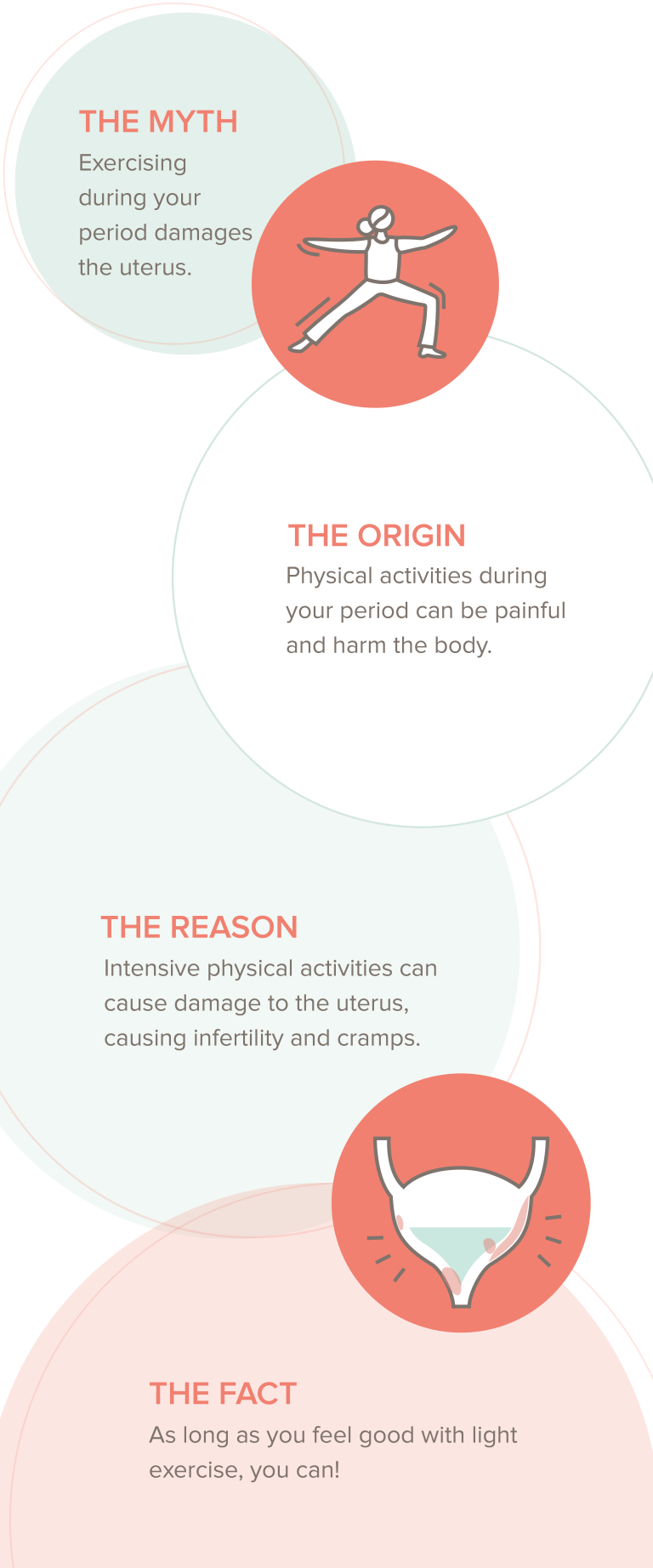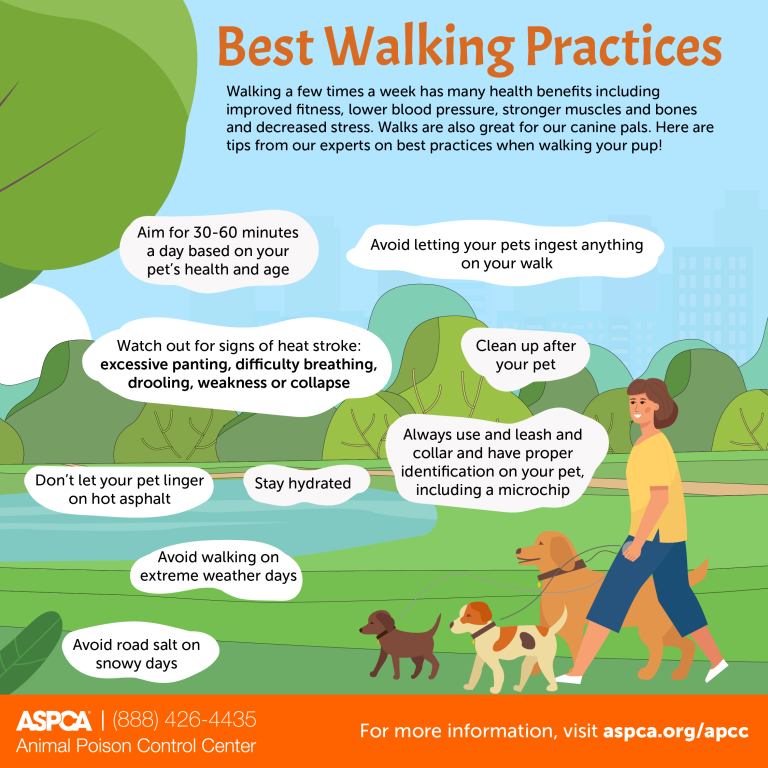What are the Disadvantages of Walking Backwards : Uncovering the Risks
Walking backwards can increase the risk of tripping, falling, and straining muscles, which may lead to injury. It also limits visibility, potentially causing accidents.
Walking in reverse may be impractical in crowded or busy environments, making it less efficient and less safe. Engaging in the practice of walking backwards has both physical and practical drawbacks. While it can offer some unique benefits, such as improving balance and coordination, it also presents inherent risks.
It’s important to consider these disadvantages when incorporating walking backwards into a fitness routine or daily activities. Understanding the potential drawbacks can help individuals make informed decisions about whether or not to incorporate this practice into their lives.
1. Risk Of Falling
Walking backwards can pose a risk of falling, making it a disadvantageous way to move. Unlike walking forwards, it requires extra caution and increases the likelihood of accidents.
Walking backwards may seem like a fun and unique way to exercise or explore your surroundings, but it does come with its share of disadvantages. One of the primary concerns when walking backwards is the risk of falling.
1.1 Lack Of Visual Awareness
When you walk forwards, you have a clear view of what lies ahead, allowing you to anticipate and avoid any potential obstacles. However, when you walk backwards, your visual awareness is limited, making it difficult to see what is in your path. This lack of visibility increases the risk of tripping over objects, uneven surfaces, or even colliding with other individuals.
Moreover, walking backwards limits your ability to monitor potential hazards from the sides. You may not be able to spot an approaching cyclist or a car reversing close to you. This decreased visual awareness further amplifies the danger of walking backwards.
1.2 Decreased Stability
Walking forwards allows for a natural and stable gait, utilizing the muscles in your legs and core to maintain balance. However, when walking backwards, your stability is compromised. The instinctive backward motion makes it challenging to maintain proper body alignment and balance, putting strain on different muscles than you would normally use when walking forward.
Furthermore, walking backwards reduces the ability to distribute your body weight properly, as your center of gravity shifts. This imbalance increases the likelihood of stumbling, losing control, or inadvertently stepping off a curb, leading to a potential fall.
While it may be tempting to engage in the novelty of walking backwards, it is crucial to consider the associated risks. The limited visual awareness and decreased stability can significantly increase the chances of falling or encountering accidents along the way. So, if you do decide to give walking backwards a try, it is important to exercise caution and be mindful of your surroundings.
:max_bytes(150000):strip_icc()/Cover-call-ADD-SOURCE-0926fedb5c054b2796cb5f345c173cc7.jpg)
Credit: www.investopedia.com
2. Strain On Muscles And Joints
2. Strain on muscles and joints
2.1 Increased Risk Of Injury
Walking backwards can put undue stress on the muscles and joints, leading to an increased risk of injury. The body is not designed to move in reverse, and this unnatural motion can lead to sprains, strains, and even tears in the muscles and ligaments.
2.2 Uneven Distribution Of Pressure
When walking backwards, there is an uneven distribution of pressure on the muscles and joints. This can lead to overuse of certain muscle groups while others are underutilized, potentially resulting in imbalances and weaknesses in the body.
3. Limited Range Of Motion
Walking backwards may lead to a limited range of motion. This can restrict the muscles and joints, potentially increasing the risk of strain or injury. Be mindful of these disadvantages when incorporating backward walking into your exercise routine.
Walking backwards can result in a limited range of motion, posing various challenges and drawbacks.3.1 Reduced Ability To Navigate Obstacles
3.2 Difficulty In Changing Directions Quickly

Credit: www.ibptampa.com
4. Mental And Cognitive Challenges
Walking backwards can pose mental and cognitive challenges, leading to disorientation and increased risk of falls. The lack of visual cues and changes in perception can hinder coordination and spatial awareness.
Walking backwards may seem like a fun and adventurous way to exercise, but it comes with its fair share of disadvantages. From physical strain to balance issues, there are several factors to consider. However, the mental and cognitive challenges that come along with walking backward should not be overlooked. Here are a couple of important considerations to keep in mind:4.1 Decreased Spatial Awareness
When you walk forward, your brain naturally predicts the movement of your body, allowing you to easily navigate your surroundings and maintain spatial awareness. However, when you walk backwards, this built-in prediction mechanism is disrupted, leading to decreased spatial awareness. This means that you may find it more challenging to accurately evaluate distances, obstacles, and hazards behind you while walking backwards. The risk of bumping into objects or tripping over uneven surfaces increases, posing potential dangers.4.2 Altered Perception Of Surroundings
Walking backwards alters your perception of your surroundings in various ways. Your brain has evolved to process visual information in a specific way, and when you walk backward, you impose a new perspective on your brain. This change in perspective can lead to confusion and disorientation. Objects that are typically seen from one angle are now seen from a different angle, resulting in a shifting perception of shapes, distances, and proportions. Such alterations can make it difficult for your brain to accurately interpret and react to the environment, potentially increasing the likelihood of accidents or injuries. In short, while walking backwards may provide a unique challenge and add a fun twist to your exercise routine, it’s important to consider the mental and cognitive challenges that come along with it. Decreased spatial awareness and altered perception of surroundings can make it more difficult to navigate safely. So, before incorporating backwards walking into your fitness regimen, carefully assess the potential risks and ensure you are in a safe environment with proper supervision.
Credit: www.hipaajournal.com
Frequently Asked Questions On What Are The Disadvantages Of Walking Backwards
Is It Bad For You To Walk Backwards?
Walking backwards can strain muscles and increase risk of falling. It’s not recommended for long durations or in crowded areas.
How Long Should You Walk Backwards?
The recommended duration for walking backwards depends on your fitness level and comfort. Start with 5-10 minutes and gradually increase. Listen to your body for cues.
Is Walking Backwards Good For Seniors?
Yes, walking backwards can benefit seniors. It helps improve balance and coordination, strengthens leg muscles, and promotes overall fitness. Regular walks in reverse can also reduce the risk of falls and enhance cognitive function in older adults.
Is Walking Backwards Good For Your Brain?
Walking backwards can be beneficial for your brain as it engages different neural pathways and enhances coordination.
Conclusion
While walking backwards may have some benefits, there are also several disadvantages to consider. These include the risk of falls and potential strain on muscles and joints. It’s important to approach this activity with caution and in moderation, taking note of the potential drawbacks to ensure safety and wellbeing.






